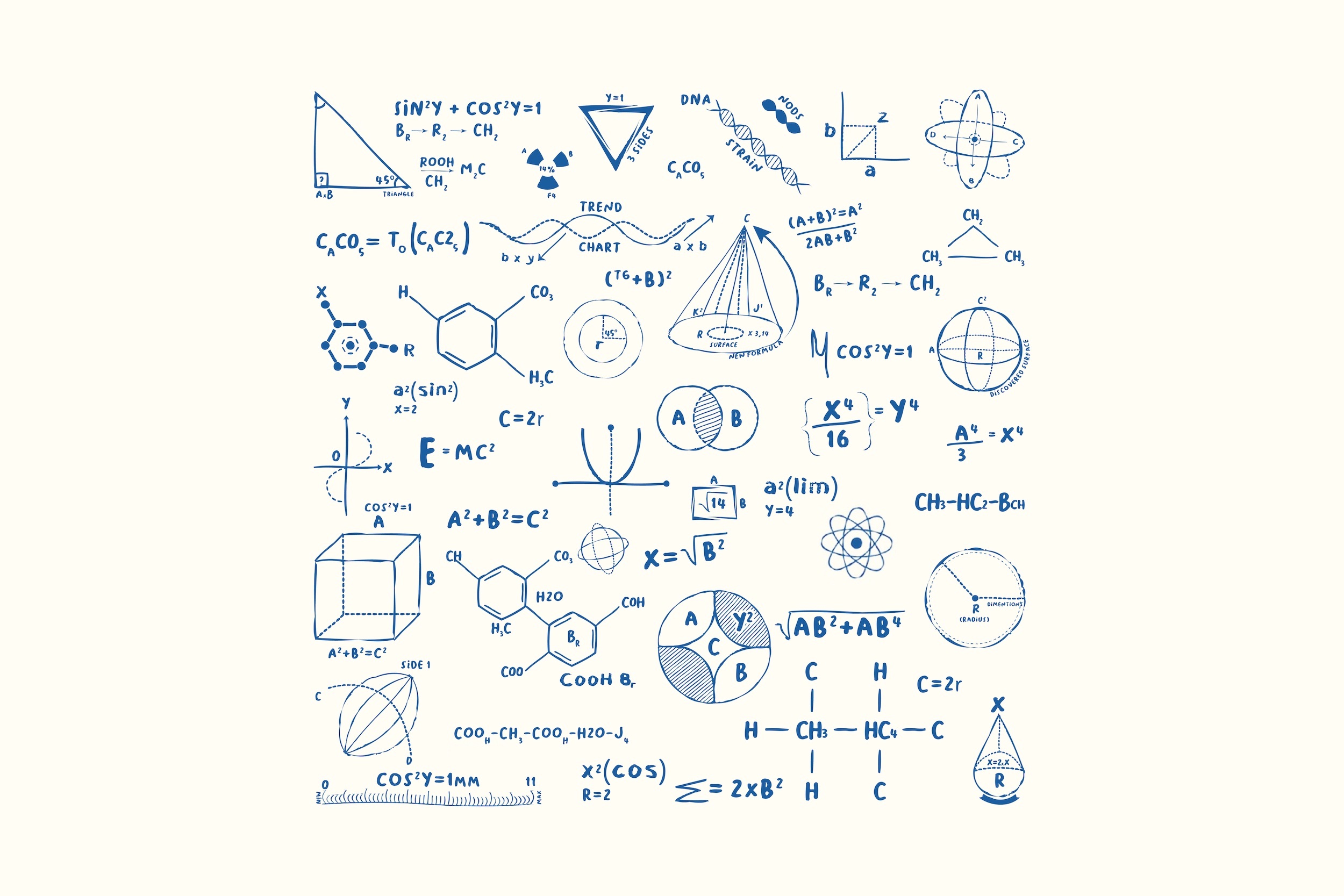The Network Law Review is pleased to present you with a Dynamic Competition Initiative (“DCI”) symposium. Co-sponsored by UC Berkeley, EUI, and Vrije Universiteit Amsterdam’s ALTI, the DCI seeks to develop and advance innovation-based dynamic competition theories, tools, and policy processes adapted to the nature and pace of innovation in the 21st century. The symposium features guest speakers and panelists from DCI’s first annual conference held in April 2023. This contribution is signed by Anna Tzanaki, Lecturer in Law at the University of Leeds.
***
Dynamic competition is the new kid on the block. It seeks to redirect the focus of competition policy towards innovation, value creation and economic change. Dynamism is indeed at the heart of competition. What’s not to like? The intuitive appeal of dynamic competition is hard to contest. Yet its practical application poses a series of challenges to traditional competition law tools such as market definition and marker power evaluation. Certainly, there is an emerging “dynamic” way of identifying competitors and assessing competitive effects that is fit for dynamic industries characterized by rapid innovation and technological development. But how accommodating is the existing competition law framework to it? Here is a broad review of the challenges that lie ahead for the currently mostly “static-minded” antitrust.
For antitrust to embrace dynamic competition in its applied form, there is a set of conceptual, enforcement and policy issues that the discipline needs to grapple with and resolve. So, what are those challenges? Let us start with market definition. A typical antitrust case starts with the definition of the relevant market and its outcome is very much dependent on it. How narrow or broad a competition authority defines the market determines the boundaries of competition and a firm’s position in that market (e.g., its dominance). The function of market definition is to limit and focus the locus of inquiry regarding potential anticompetitive conduct by examining the “economic force of demand substitution”.1Jonathan B Baker, ‘Market Definition: An Analytical Overview’ (2007) 74 Antitrust Law Journal 129, 173. It is used in non-cartel cases as a “screen” to identify sources of competitive constraint on one or more firms’ market power taking into account the context of the case.2OECD, ‘Market Definition’ (2012) Policy Roundtable DAF/COMP(2012)19 28. Strictly speaking, it is not a legal presumption but an open-ended economic exercise that has however a similar effect in practice. That is, any “hard market boundaries chosen” during market definition “have the effect of setting up presumptions for the remainder of the case”.3David S Evans, ‘Lightening Up on Market Definition’ in Einer Elhauge (ed), Research Handbook on the Economics of Antitrust Law(Edward Elgar Publishing 2012) 85 (The current market definition approach “has the effect of setting up a presumption that the chosen market defines the arena of competition and the main sources of competitive constraints. It can, in practice, shift the burden to the merging parties to demonstrate that constraints beyond demand-side substitutability are important.”). Market boundaries in static industries and business environments are in fact usually perceived as hard and market positions or market shares as fixed.
Industries that operate under dynamic competition are different. Market shares are often fleeting and poor indicators of market power. Market boundaries are not clear cut. The source of competitive pressure may be found elsewhere: potential entrants, indirect and future competitors rather than actual direct competitors. Competition is constrained not only by substitute products but possibly and indirectly by firms that have the technology, assets and capabilities to challenge the status quo and be important innovators and disruptors of industries. What are these dynamic industries? In general, dynamic industries exist in innovation-driven and high-technology markets that are subject to intense technological change. The digital economy, with ecosystems that compete in oligopoly with multiple product offerings based on complex interdependencies is a case in point.4Nicolas Petit, Big Tech and the Digital Economy: The Moligopoly Scenario (Oxford University Press 2020); Michael G Jacobides, ‘How to Compete When Industries Digitize and Collide: An Ecosystem Development Framework’ (2022) 64 California Management Review 99. In such industries, competition is characterized by highly differentiated products.5Christopher Pleatsikas and David Teece, ‘The Analysis of Market Definition and Market Power in the Context of Rapid Innovation’ (2001) 19 International Journal of Industrial Organization 665. Distinct business models can be used by rivals to gain an edge in the market.6Nicolas Petit and David J Teece, ‘Innovating Big Tech Firms and Competition Policy: Favoring Dynamic over Static Competition’ (2021) 30 Industrial and Corporate Change 1168, 1190. And often the line distinguishing a complement from a potential substitute and their relation in a dynamic setting is occasionally blurry and contingent on the critical time horizon.7David J Teece, ‘Towards A Dynamic Competition Approach To Big Tech Merger Enforcement: The Facebook-Giphy Example’ (2021) CPI TECHReg Chronicle December 2021 11–12.
Potential competition, however, is left out of the traditional market definition framework that heavily relies on demand-side or consumer substitutability of products. Instead, it is factor to be considered later during the assessment of market power.8See European Commission Notice on the definition of relevant market for the purposes of Community competition law [1997] OJ C 372/5, para 24; US DOJ & FTC Horizontal Merger Guidelines 2010 §1.0 (supply substitution factors are considered under §1.3 of the Guidelines in the identification of firms that participate in the relevant market but only potential “uncommitted entrants” are taken into account and the required timeframe for such entry is only one year; otherwise, supply substitution factors are considered in the analysis of entry under §3 during the competitive effects assessment). Hence, although relevant it may come too late and be difficult to undo the de facto economic presumption regarding the boundaries of the competitive landscape, which sets the stage for the effects assessment.9Evans (n 3) 85. That is why market definition, in dynamic markets in particular, needs to be “soft” and “broader”.10Ibid. If it is rigid and short termist, the extent and durability of market power may be overestimated. At the same time, the challenge is being flexible enough to be able to predict and account potential sources of competition without being too naïve, speculative, and under-predictive. For this reason, it is important that a clear set of innovation and dynamic industry specific indicators are developed both for the market definition exercise and the assessment of market power. On the other hand, traditional antitrust tools struggle to effectively account for the other forms of competition described above, i.e., not direct competition within a narrow antitrust product market but competition by complements and indirect entry or at an organizational, business model or ecosystem level.11Petit and Teece (n 6) 1189–1190; Michael G Jacobides and Ioannis Lianos, ‘Ecosystems and Competition Law in Theory and Practice’ (2021) 30 Industrial and Corporate Change 1199, 1208–1209, 1212–1213. This adds pressure on traditional economic frameworks employed in antitrust but also clearly creates demand for their expansion.
In dynamic industries, therefore, it becomes clear that the antitrust inquiry needs to reposition, put less emphasis on market structure and cut across the boundaries of the firm.12Teece (n 7) 11. A direct implication and challenge for antitrust enforcers and policymakers is to define dynamic industries and their particular characteristics and carve out tailored guidelines that streamline the sector specific approach to dynamic industries, from the first step of market definition all the way to the assessment of market power and remedies.13cf J Gregory Sidak and David J Teece, ‘Dynamic Competition in Antitrust Law’ (2009) 5 Journal of Competition Law & Economics 581, 622. Structural indicators may continue to be useful but need to go beyond a static mindset and incorporate dynamic elements. For instance, not only the existence but also the number of potential competitors identified during a merger investigation, in the absence of entry barriers, may be an important consideration to determine the likely extent of anticompetitive effects and plausibility of any theory of harm involving dynamic competition. Furthermore, there is a need to expand the existing antitrust framework that is strongly grounded on static efficiency to account for innovation and dynamic efficiency. In other words, there is an impetus to move from the dry land of structural incentives and market shares to the underexplored territory of the behavior and capabilities of the firm.14Constance E Helfat, ‘The Behavior and Capabilities of Firms’ in Richard R Nelson and others (eds), Modern Evolutionary Economics: An Overview (Cambridge University Press 2018).
Such an approach will signal a riddance from the established “black box” view of the firm in industrial organization literature and an enrichment of the current antitrust framework with corporate governance, finance and management insights.15Bengt R Holmström and Jean Tirole, ‘The Theory of the Firm’ in Richard Schmalensee and Robert D Willig (eds), Handbook of Industrial Organization, vol 1 (Elsevier 1989) 104–105 (warning about “the hazards of a black-box view of the firm” in mainstream neoclassical economics); Petit and Teece (n 6) 1176. Firm performance and the behavior of actors within the firm, most notably its (entrepreneurial) management, will become important in a dynamic competition context.16Sidak and Teece (n 13) 611; Teece (n 7) 7. Its unique assets and capabilities that distinguish the firm from its potential competitors, the efficiency and agility of the management, its strategic positioning in the market, the efficiency and productivity of the organization, its access to steady streams of financing (via VC funds or capital markets) and the quality and viability of the innovative technological solution and its business model may be critical in assessing the potential of such a firm as a standalone entity and as a vigorous competitor in the market. For this approach to succeed, antitrust may need to turn and borrow tools from other disciplines. Equally, it will need to tread very carefully not to overstep into other areas of law and policy and frustrate their objectives. This might not be an easy task, yet it is a necessary one.
The practical impact especially on merger control analysis may be significant. This expansion would effectively mean adding another set of potential incentives for M&A to investigate beyond the standard dichotomy between (beneficial) efficiency and (harmful) market power motives in antitrust cases. Innovation and capabilities enhancement may be novel motivations for corporate growth through acquisitions and diversification strategies.17Teece (n 7) 15. As suggested, this would entail looking more frequently and consistently into the operations and behavior of firms and their distinct skills and “dynamic capabilities”.18David J Teece, ‘Explicating Dynamic Capabilities: The Nature and Microfoundations of (Sustainable) Enterprise Performance’ (2007) 28 Strategic Management Journal 1319. As a result, behavioral indicators, new types of efficiencies, and actors and data found inside the firm may need to be developed and operationalized even in the more traditionally “structure-spirited” area of antitrust, i.e., merger control.
In addition, systematically embracing dynamic competition in antitrust with an applied economic toolbox that is novel and expanded, may have ripple effects on the evolution of the law and policy. The more complex analysis of market definition and market power in dynamic and digital markets seems to be not entirely or seamlessly aligned with existing notions of antitrust harm that centers on one set of consumers (market-specific harm) and shies away from trade-offs between different groups (present versus future consumers). In multi-sided markets or digital ecosystems, balancing cross-market harms and efficiencies as well as managing the complex interdependencies of the different actors on which the ecosystem relies to be sustainable may be key. In turn, this implies the urge for potentially broader notions of harm, efficiencies and welfare standards that account for more actors and a longer-term time horizon to capture the complex nature of such fragile systems. Legal tests or standards adjusted to follow this direction may not necessarily be conservative or rid with the past, including antitrust tradition or judicial precedent. For instance, proposals currently on the table advocate for a “long-term consumer welfare standard” as a guiding principle19Petit and Teece (n 6) 1182. Tellingly, similar proposals are made in a parallel contemporary debate regarding sustainability in competition law. See Roman Inderst and Stefan Thomas, ‘Prospective Welfare Analysis—Extending Willingness-To-Pay Assessment to Embrace Sustainability’ (2022) 18 Journal of Competition Law & Economics 551. or a “dynamically-as-efficient-competitor” test as a standard of liability in single firm conduct cases.20Dynamic Competition Initiative (DCI), submission to the EC consultation on the revision of the Guidelines on exclusionary abuses by dominant undertakings under Article 102 TFEU, 24 April 2023: https://ec.europa.eu/info/law/better-regulation/have-your-say/initiatives/13796-EU-competition-law-guidelines-on-exclusionary-abuses-by-dominant-undertakings/F3407400_en. The proposed test is an “adaptation of the as-efficient competitor (“AEC”) test” that “would empower competition agencies and courts to protect entrants capable to meet, or even surpass, the level of efficiency of dominant incumbents in the future.” More broadly, in the digital era, Williamson’s total welfare framework may thus come back in vogue.21Oliver E Williamson, ‘Economies as an Antitrust Defense: The Welfare Tradeoffs’ (1968) 58 American Economic Review 18.
Similarly, the design and choice of antitrust remedies will be influenced by the shape of applicable legal standards and enforcement framework or how market definition and market power evaluation are framed in dynamic competition cases. The delimitation of competition and dynamic theories of harm will directly affect remedies that aim to restore competition and eliminate any identified concerns. For instance, if the focus moves away from market structure to firm capabilities, behavioral remedies (e.g., access, interoperability) may come in favor over structural. Antitrust enforcers could go a step further and impose more “creative” remedies that reach to the governance and inside affairs of the firm such as restructuring “ownership and management to make it more competitive”.22Herbert Hovenkamp, ‘Antitrust and Platform Monopoly’ (2021) 130 The Yale Law Journal 1952, 2021. Even for divestiture remedies, the choice of appropriate buyer may be influenced by internal considerations regarding the competitive complementarities of the parties and the long-term viability of the target or the identity of the acquirer as a strategic buyer or potential competitor. Thus, at a more abstract level, in choosing among different buyers a tension may exist between preserving competitionand allowing for restructuring and change that is commonplace in dynamic industries.
What’s the key takeaway for public policy? In such dynamic settings, competition policy may encounter difficulties in remaining “neutral” and may be nudged to take a stance. Antitrust policymakers will need to reevaluate the various tradeoffs brought forth by dynamic competition – short term versus long term,consumers versus other actors, efficiencies within the same relevant market versus out-of-market efficiencies. So far, a silent antitrust pact has been made on a soft underbelly of static efficiency and direct competition. Yet, if a more holistic approach is taken as required in dynamic industries and outlined above, then finding ways to resolve tradeoffs and reconcile divergent factors in a coherent and workable conceptual and enforcement framework may be the high task of the day. Though the road may be long, it is worth the travel – the gained wisdom may be enduring. Here lies the lesson: ignorance is not a solution, what you ignore may come back at you in a different form as a potentially larger problem. Dynamism is not just a facet of competition, it can be its main engine. It’s time that it’s also an effective part of antitrust’s analytical framework.
Anna Tzanaki
| Citation: Anna Tzanaki, “Dynamic Challenges to Market Definition and Market Power Evaluation in Antitrust Cases: The Long Road Ahead”, Network Law Review, Summer 2023. |








